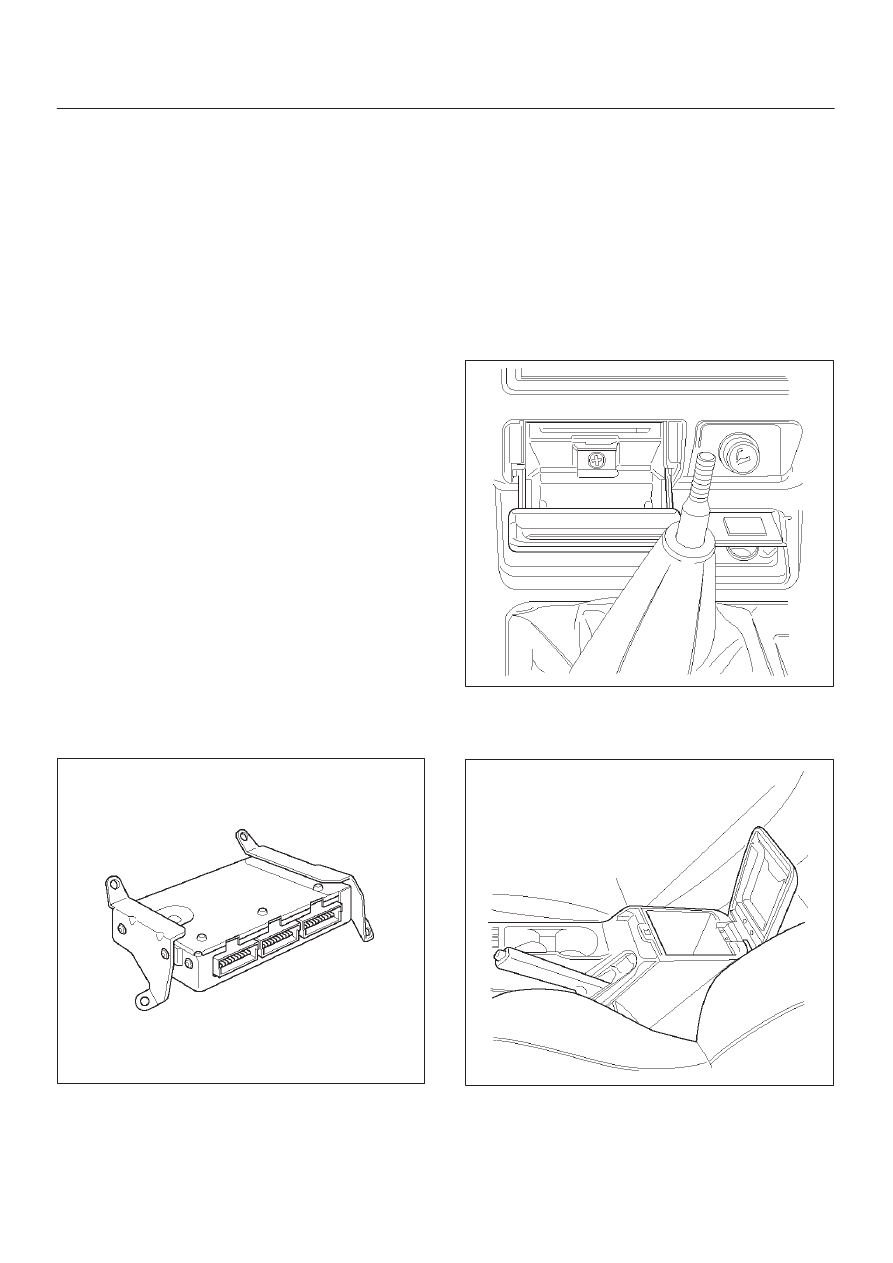Opel Frontera UE. Manual - part 243

6E1–270
X22SE 2.2L ENGINE DRIVEABILITY AND EMISSION
Engine Control Module (ECM)
Electrostatic Discharge (ESD)
Damage
Electronic components used in the control system are
often designed to carry very low voltage. Electronic
components are susceptible to damage caused by
electrostatic discharge. Less than 100 volts of static
electricity can cause damage to same electronic
components. By comparison, it takes as much as 4000
volts for a person to even feel the zap of a static
discharge. There are several way for a person to become
statically charged. The most common methods of
charging are by friction and by induction. An example of
charging by friction is a person sliding across a car seat.
Charging by induction occurs when a person with well
insulated shoes stands near a highly charged object and
momentarily touches ground. Charge of the same polarity
are drained off leaving the person highly charged with
opposite polarity. Static charge can cause damage,
therefore, it is important to use care when handling and
testing electronic components.
NOTE: To prevent possible Electrostatic Discharge
damage, follow these guidelines:
D
Do not touch the control module connector pins or
soldered components on the control module circuit
board.
D
Do not open the replacement part package until the
part is ready to be installed.
D
Before removing the parts from the package, ground
the package to a known good ground on the vehicle.
D
If the parts been handled while sliding across the
seat, or while sitting from standing position, or walking
a distance, touch a known good ground before
installing the parts.
014RX002
NOTE: To prevent internal ECM damage, the ignition
must be OFF position in order to disconnect or reconnect
power to the ECM (for example: battery cable. pig tail,
ECM fuse, jumper cable, etc.).
IMPORTANT:
When replacing the production ECM
with a service ECM, it is important to transfer the
broadcast code and production ECM number to the
service ECM label. This will allow positive identification of
ECM parts throughout the service life of the vehicle. Do
not record this information on ECM metal cover.
Removal Procedure
1. Disconnect the negative battery cable.
2. Block the wheels.
3. Remove ashtray inner.
4. Remove a screw located behind ashtray.
014RX014
5. Pull out Face trim of console.
6. Remove two screws located inside of center console
storage box and pull up rear part of center console.
014RX015
7. Unscrew the shift knob.
8. Remove four screw holding front part of the console
and pull the console up.